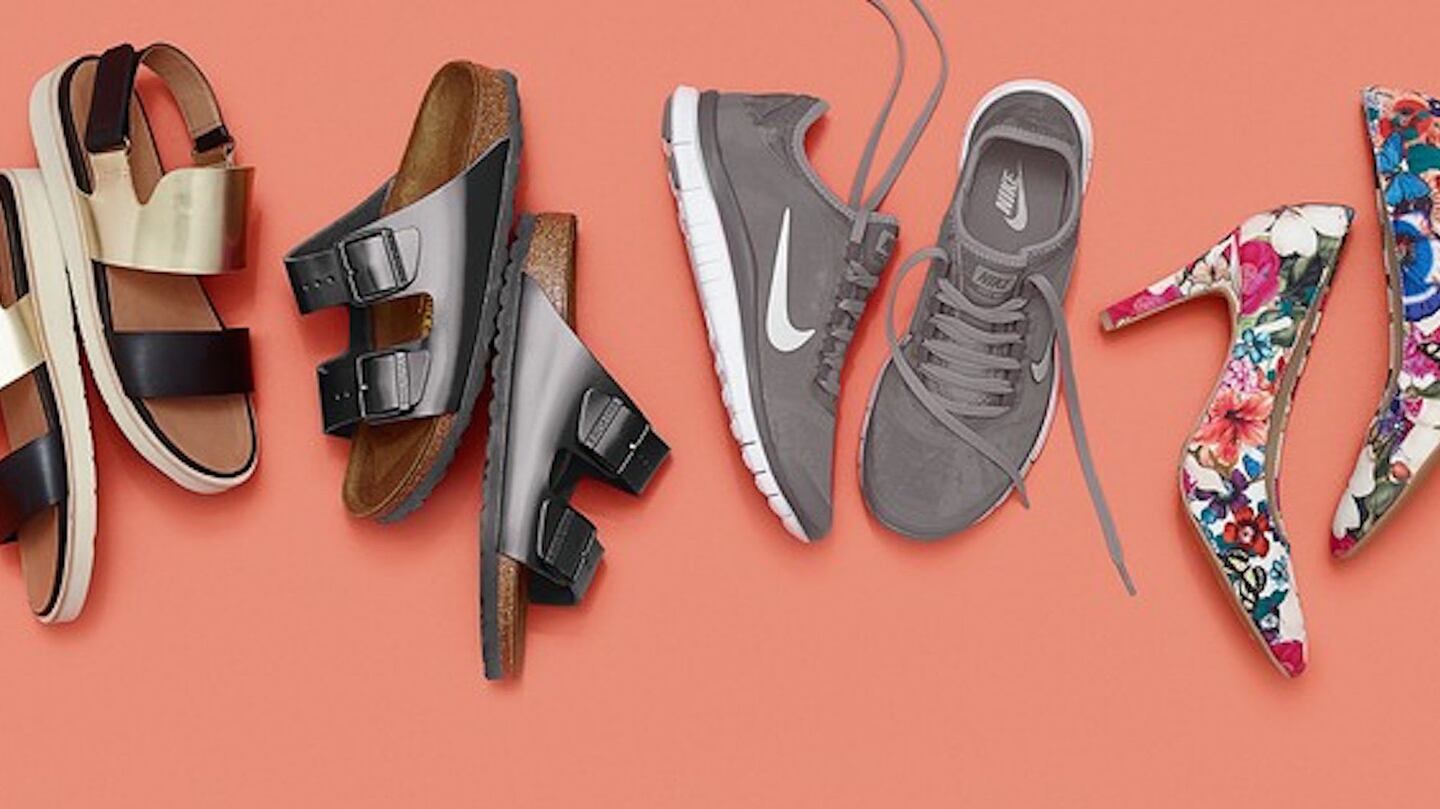
The Business of Fashion
Agenda-setting intelligence, analysis and advice for the global fashion community.

Agenda-setting intelligence, analysis and advice for the global fashion community.

BERLIN, Germany — Zalando SE, Europe's biggest online fashion retailer, is making investments to set its service apart from competitors, including a potential tie-up with smartphone car service Uber Technologies Inc.
The German e-commerce player is trying to gain market share and boost profitability by building new systems that can make it easier for brands such as Adidas AG or Nike Inc. to sell through Zalando’s site. It’s also working on ways for its retail partners to fulfill orders right from their stores, managing director David Schneider said at an event at the company’s Berlin headquarters Friday. The efforts could help it reach 10 billion euros ($11.2 billion) in sales by early next decade.
“That’s probably their biggest competitive advantage, their relationship with the brands,” said Claire Huff, an analyst at RBC Capital Markets in London. If brands like Adidas handle the inventory themselves, leaving Zalando to just process the payments, “that’s less capital and higher margin” for Zalando.
The company has sought an edge by developing its own software for displaying clothes online and coordinating the flow of goods among warehouses, instead of buying off-the-shelf systems. Its ability to keep innovating will be key as Amazon.com Inc. expands its fashion business in Europe, and after luxury purveyor Yoox Net-a-Porter Group this month signed a deal with IBM to make its delivery capabilities more flexible.
ADVERTISEMENT
An alliance with Uber, which managing board member Rubin Ritter briefly mentioned on a call earlier this month, could make it easier for customers to return unwanted merchandise, Huff said. Zalando executives didn’t specifically address the possibility of any venture with Uber at Friday’s event, only saying that they’re testing new methods of express deliveries.
Zalando’s annual sales growth target of 20 percent to 25 percent means it’s outpacing the online fashion market in Europe by two to three times, Ritter said. “In five to six years, if we achieve this, it means Zalando becomes a 10 billion-euro revenue company,” he said at the event.
That growth has come with a cost, and some analysts say it’s expanding at the expense of profitability. Capital spending will increase to 200 million euros this year, or about 5 percent of sales, compared with 60 million euros last year, or about 2 percent of revenue. Its earnings forecast for this year came in below some analysts’ estimates, pushing down the shares, which fell 1 percent to 26.95 euros at 12:39 p.m. in Frankfurt and have plunged 26 percent this year.
Zalando’s bet is that efforts like opening its e-commerce system to other retailers and providing online marketing services for its partners can boost profitability over time. About 5 percent of sales through Zalando’s website and mobile apps are fulfilled by outside brands themselves, and raising that percentage could boost profitability, Huff said.
By Aaron Ricadela; editors: Matthew Boyle and Paul Jarvis.
The nature of livestream transactions makes it hard to identify and weed out counterfeits and fakes despite growth of new technologies aimed at detecting infringement.
The extraordinary expectations placed on the technology have set it up for the inevitable comedown. But that’s when the real work of seeing whether it can be truly transformative begins.
Successful social media acquisitions require keeping both talent and technology in place. Neither is likely to happen in a deal for the Chinese app, writes Dave Lee.
TikTok’s first time sponsoring the glitzy event comes just as the US effectively deemed the company a national security threat under its current ownership, raising complications for Condé Nast and the gala’s other organisers.